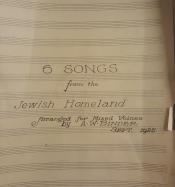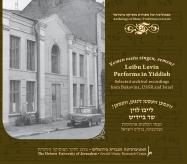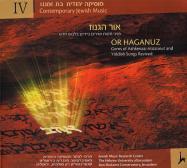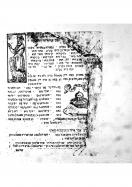(284 results found)
Na’aleh L’artzeinu – A Simple Melody with an Intricate Story
… an old Yiddish melody that was reclaimed by Hebrewists in Europe or Palestine. Further exploration has proven that … such a Yiddish song. The modality is reminiscent of Middle-Eastern songs, such as the baladi songs of Syrian and … incorporate elements of Yemenite songs in combination with Eastern European motives – making this a paramount example …
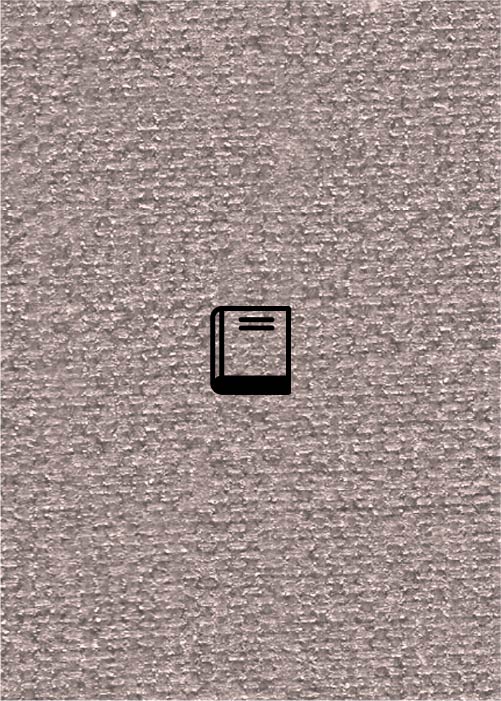
On musical connections between Jews and the neighboring peoples of Eastern and Western Europe
… of Massachusetts at Amherst. Program in Soviet and East European Studies).' … 1 … 33905 … Amherst, MA … … … no. 18 … … 1989 … Maks Gol'din … Jewish folk music in Europe … Klezmer music … Ashkenazi … Max Goldin … Robert A. … connections between Jews and the neighboring peoples of Eastern and Western Europe …
Vemen vestu zingen, vemen? Leibu Levin Performs in Yiddish
… of the JMRC specializing on Yiddish song and culture in Eastern Europe prepared a detailed scholarly essay on Leibu Levin’s …
Or Haganuz
Prof. André Hajdu, one of the first JMRC researchers, has joined forces with Cantor…
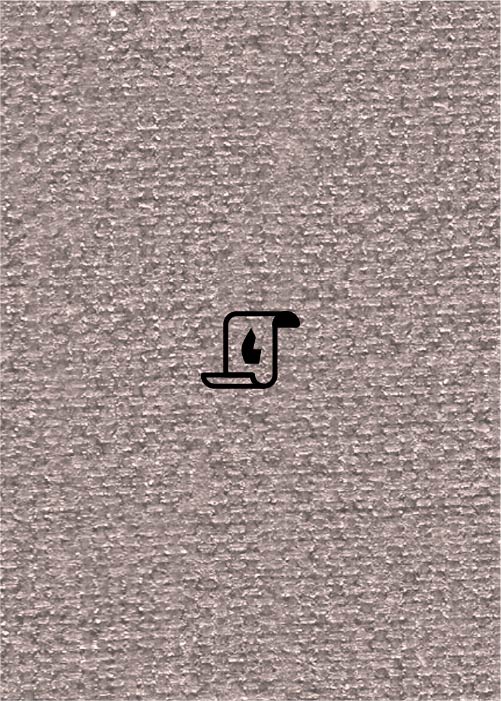
Hatikvah: Conceptions, Receptions and Reflections
… in sheet-music and commercial recordings throughout the European, Middle Eastern and American Jewish diasporas, was a crucial … leaning of the early Zionist intellectuals Central and Eastern Europe. On the other hand, the “Biblical” thesis …

On a Particular Case of Tonal, Modal, and Motivic Components in Sources for Liturgical Music of East and West European Origins
… … World Union of Jewish Studies, Magnes … … 3 … 2009 … Eastern Ashkenaz … Western Ashkenaz … Ashkenazi liturgical … Components in Sources for Liturgical Music of East and West European Origins …
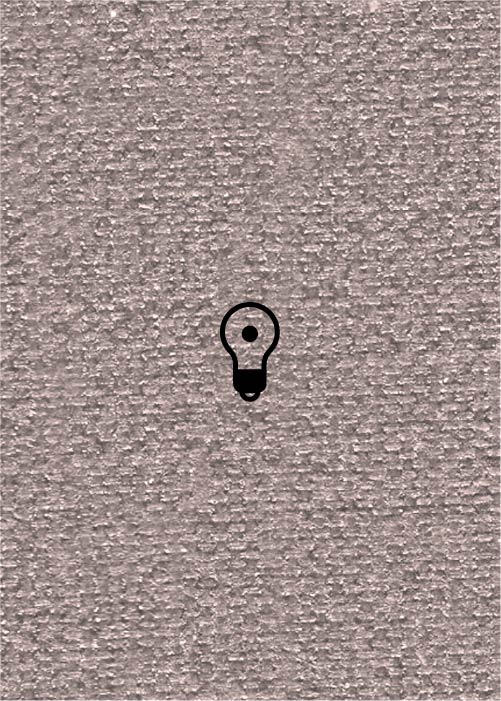
Vals (LKT)
… repertoire’ couple dances of Western and Central European origin such as lances, pa de span, padekater, … cultures by the Hasidic dynasties in Poland and Central Europe such as Gur, Karlin, Modzhitz and Zanz, as part of … the waltz words were sung which went with the rhythms... Eastern European Jews were accustomed to invite each guest …
Ehad mi Yodea - Its sources, variations, and parodies
… is of Jewish origin, did it originated in Ashkenaz or in an Eastern Jewish tradition. Much of the relevant literature … (Tabory, 1988: 66) Variations from Sephardic and Eastern Jewish communities “E h ad mi yodea” began to appear … versions in Yiddish and in Russian appeared in the Eastern European communities. The non-Ashkenazi versions, on the …

Terkish (LKT)
… Greek sirto and suggests connections between the Jews of Eastern Europe and the Greek inhabitants of the Turkish Empire of …

Skotshne/Skochne
… is sometimes performed in 3/4 and at times in 2/4. Jewish Eastern Europe was not fixated on one particular style of dance. At …

